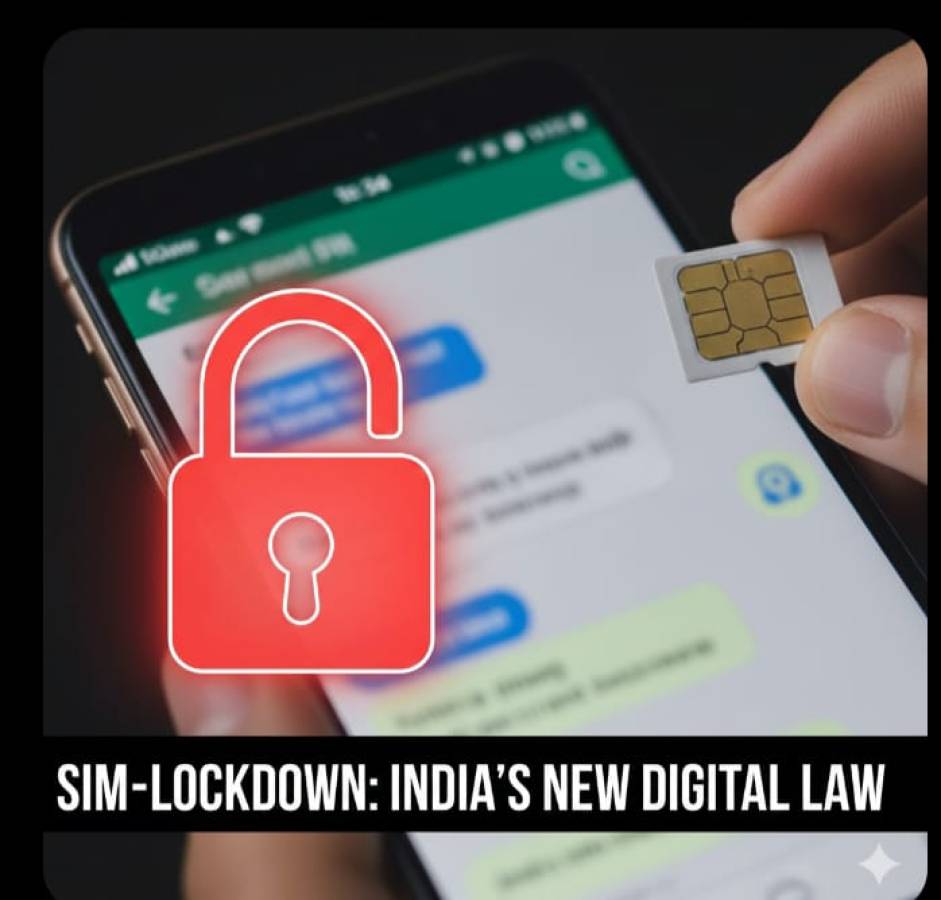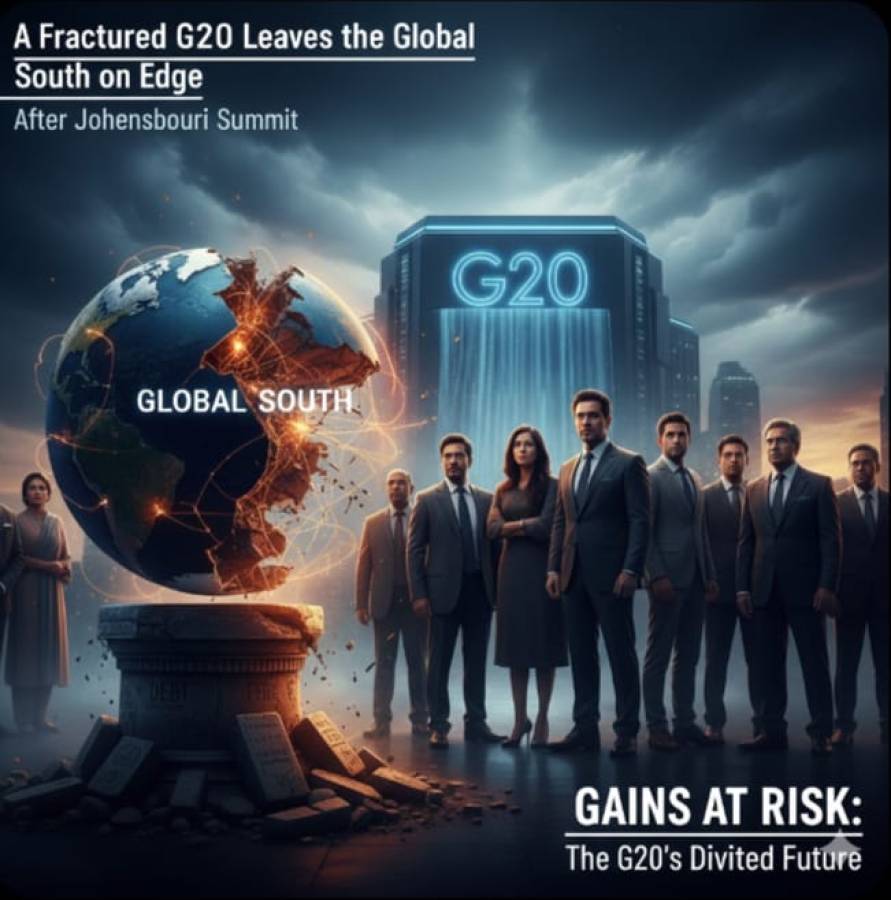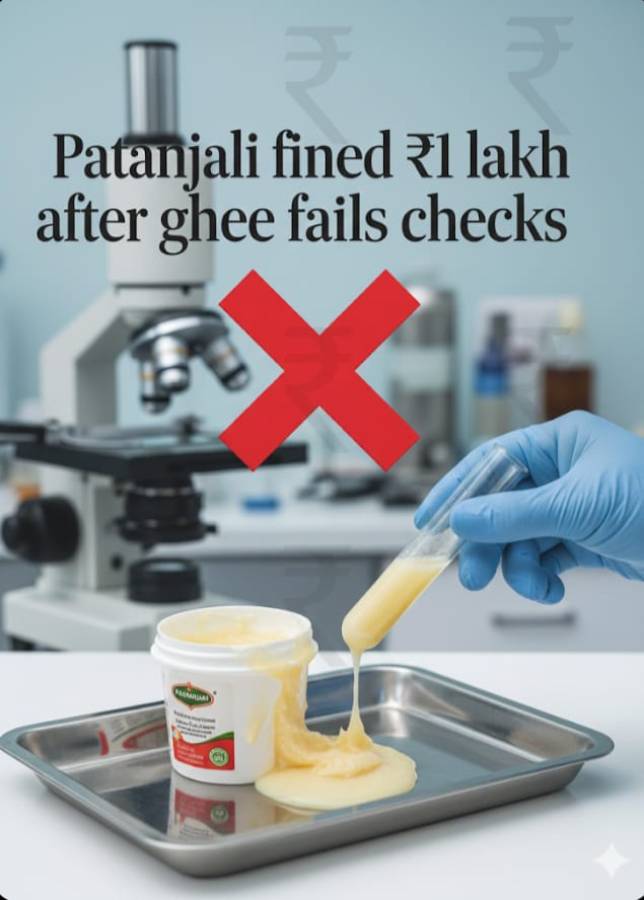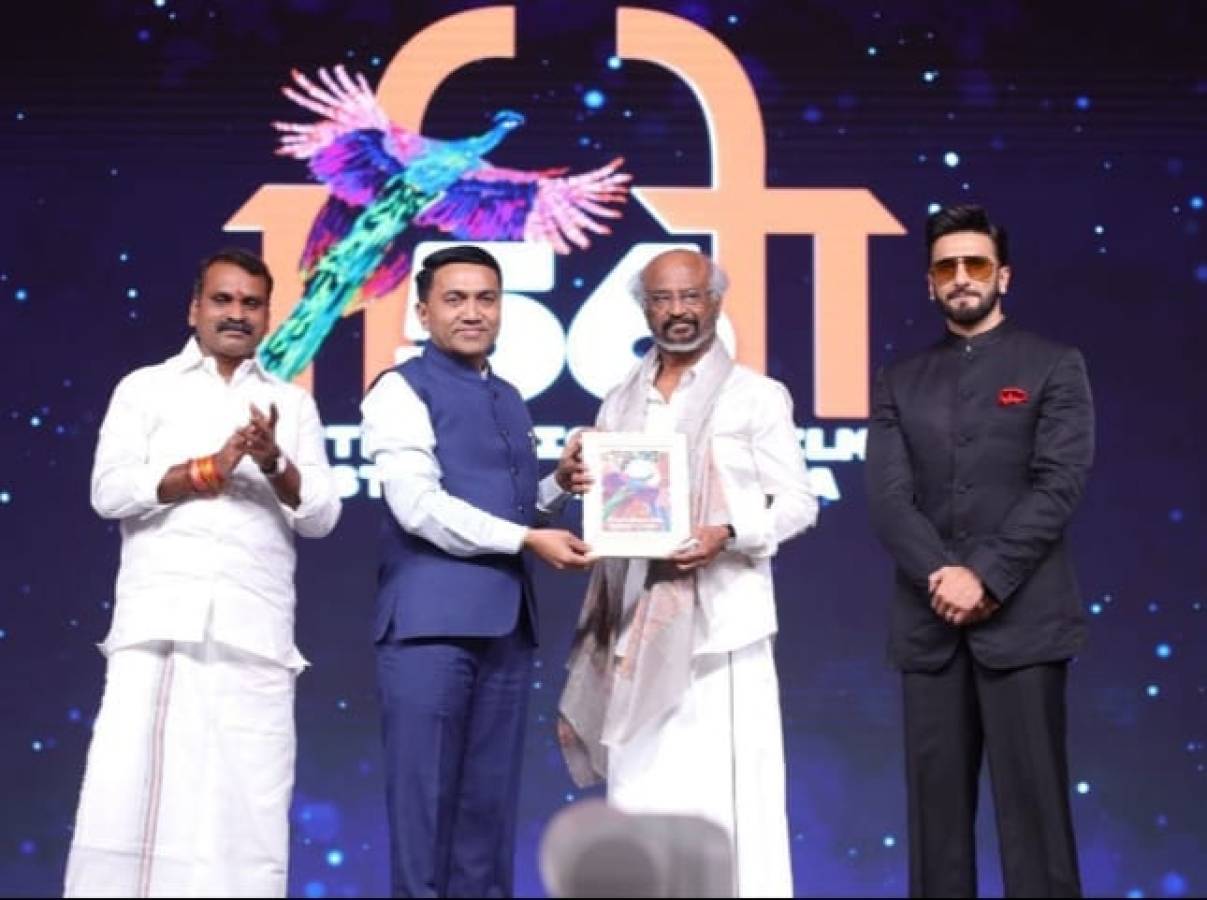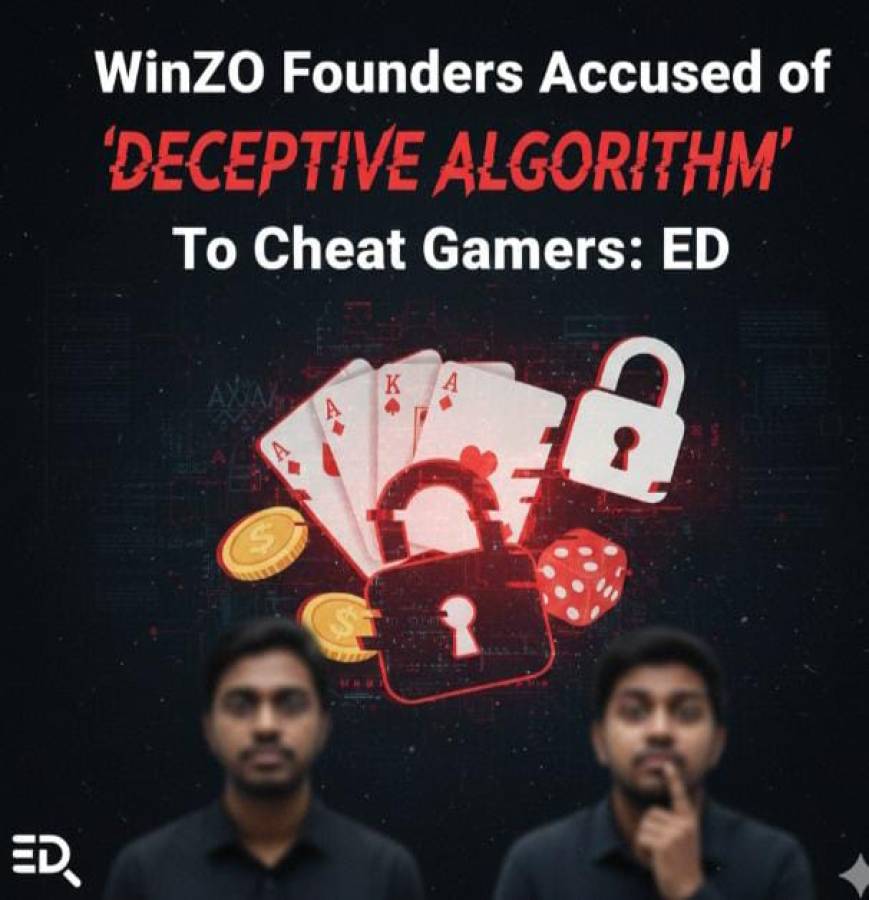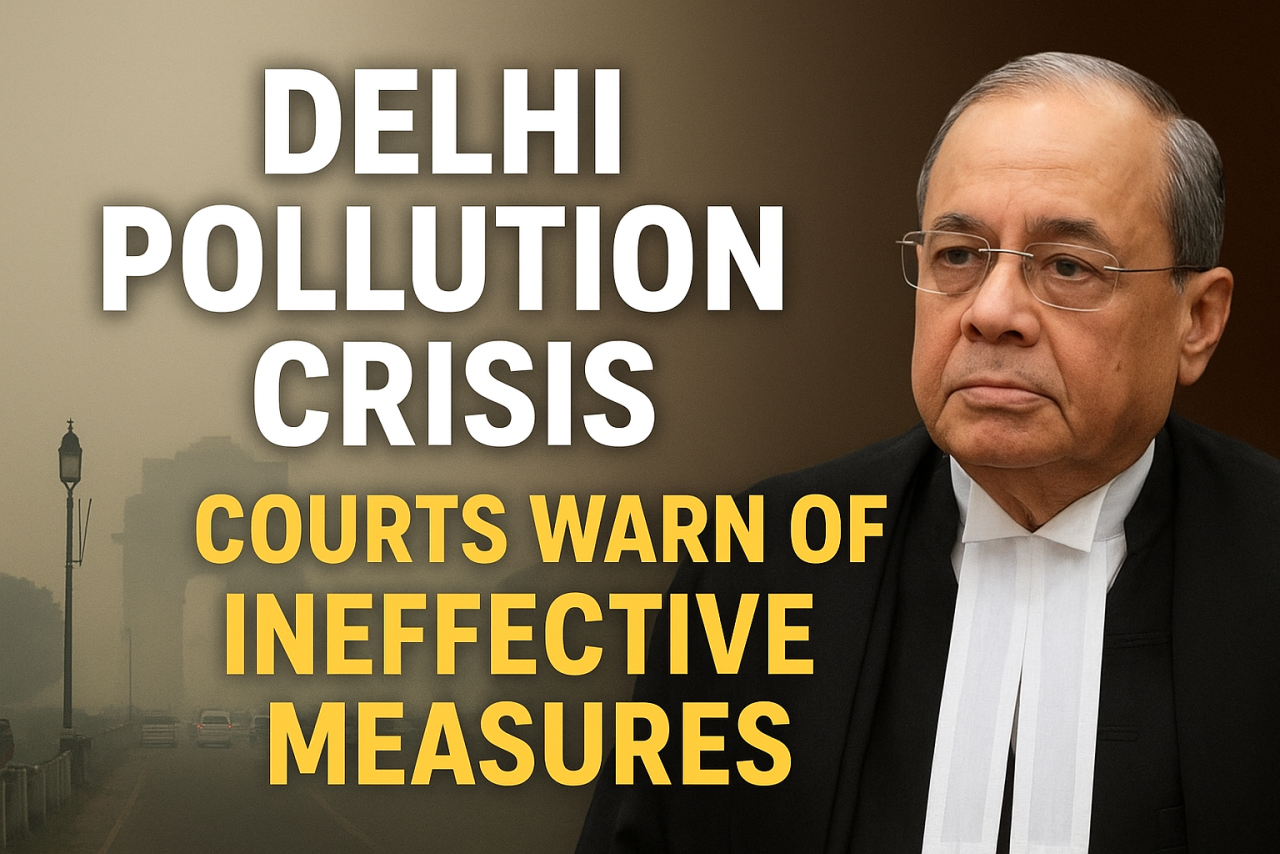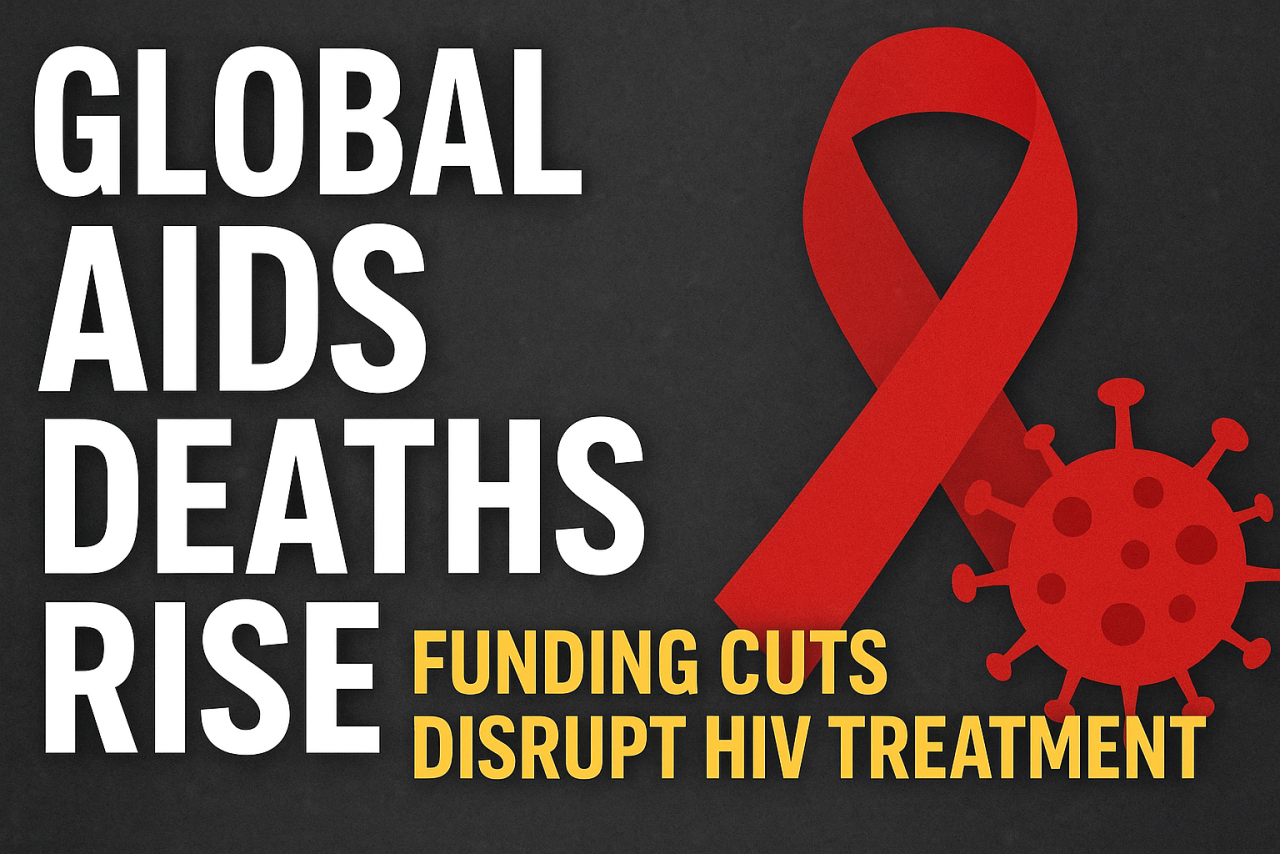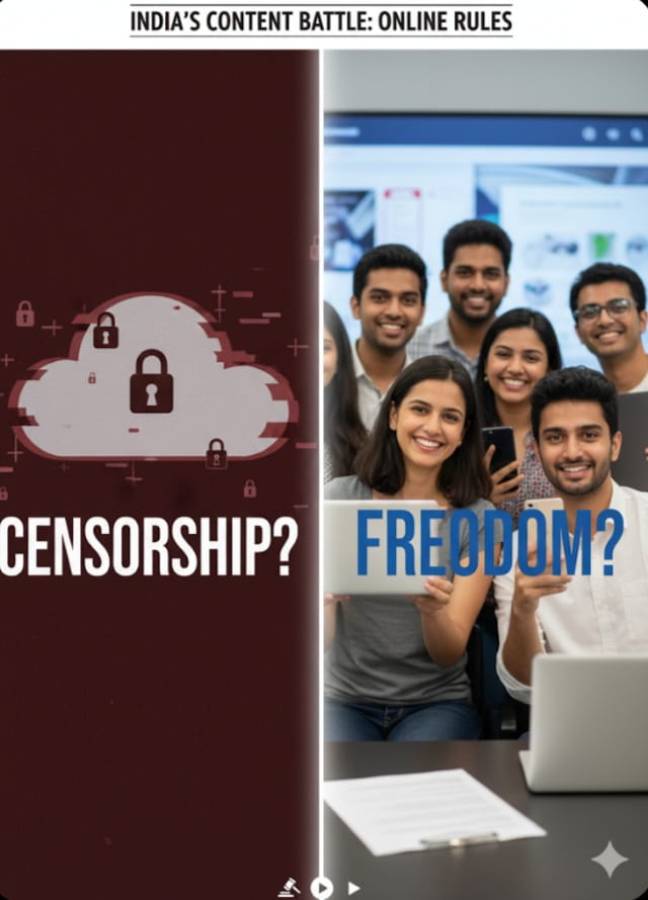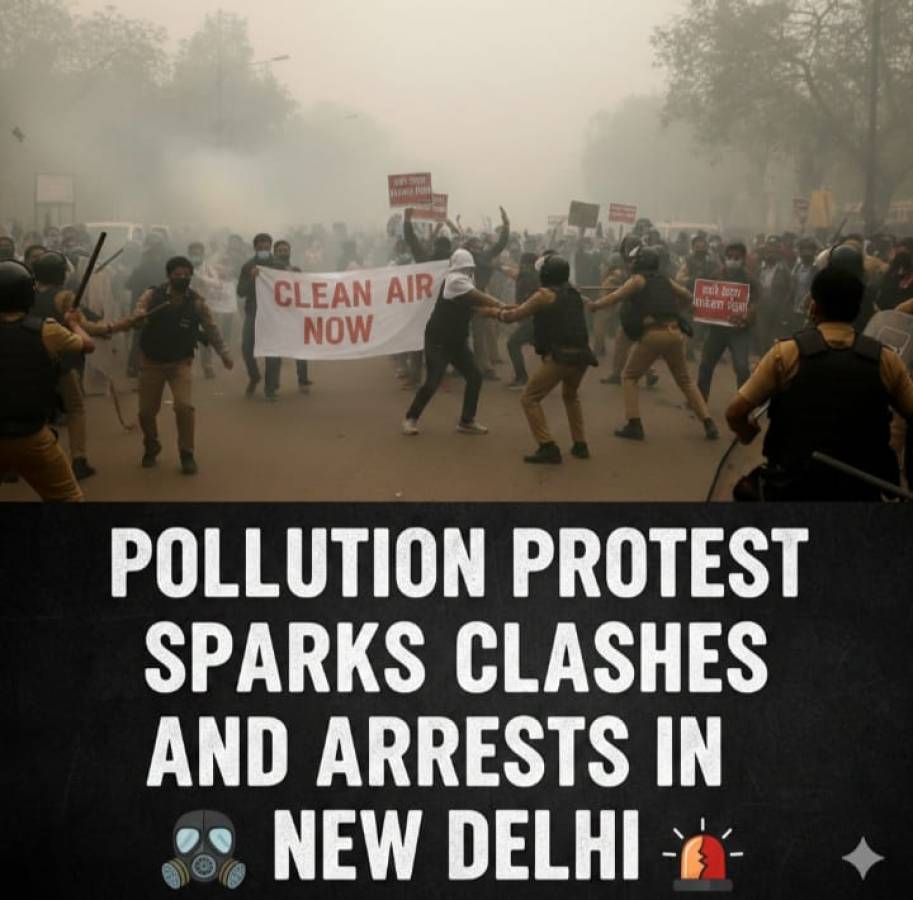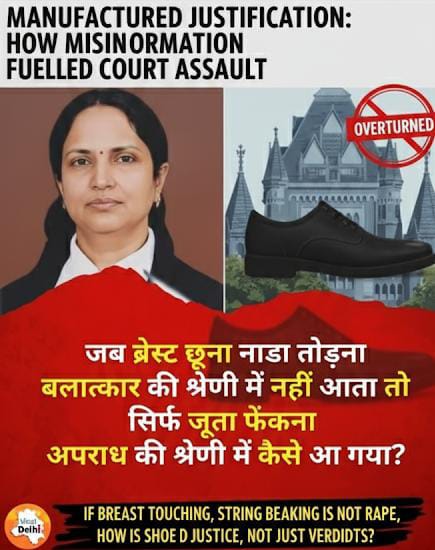
In January 2021, a ruling from the Nagpur Bench of the Bombay High Court ignited a firestorm of public outrage and legal debate across India. Justice Pushpa Ganediwala's controversial interpretation of the Protection of Children from Sexual Offences (POCSO) Act, 2012, posited that "touching a minor without skin-to-skin contact" would not constitute "sexual assault" under the stringent provisions of the Act. While this specific judgment was swiftly stayed and ultimately overturned by the Supreme Court of India, four years later, snippets and discussions of this quashed verdict continue to resurface on social media, often presented out of context to sensationalize or mislead. Why does a legally defunct ruling still have such a potent grip on public discourse?
The Initial Verdict and Its Immediate Fallout
The case in question involved a man accused of sexually assaulting a 12-year-old girl. Justice Ganediwala, in her judgment, acquitted the accused of the charge of "sexual assault" under Section 7 of the POCSO Act, instead convicting him under Section 354 of the Indian Penal Code (IPC) for "outraging the modesty of a woman." The reasoning was startling: for an act to qualify as "sexual assault" under POCSO, the court held, there must be "direct physical contact, i.e., skin to skin contact with sexual intent without penetration." A mere touch over clothing, she argued, did not meet this definition.
The ruling was met with widespread condemnation from legal experts, child rights activists, women's rights organizations, and the general public. Critics argued that such a narrow interpretation fundamentally undermined the spirit and intent of the POCSO Act, which was specifically enacted to provide a robust legal framework for protecting children from all forms of sexual abuse. It was feared that the judgment would create a dangerous loophole, allowing offenders to escape harsher penalties for serious acts of child abuse.
The Supreme Court's Decisive Intervention
Recognizing the gravity and potential ramifications of the Bombay High Court's ruling, the Supreme Court of India acted with unprecedented speed. On January 27, 2021, a bench headed by then-Chief Justice S.A. Bobde, stayed the controversial order. This was followed by a more comprehensive hearing, culminating in the Supreme Court decisively setting aside the High Court's judgment.
The apex court clarified, unequivocally, that "skin-to-skin contact is not an essential ingredient for constituting the offence of sexual assault as defined under Section 7 of the POCSO Act." It stressed that the legislative intent of POCSO was to protect children from sexual abuse in all its forms, and that a hyper-technical and narrow interpretation would defeat this very purpose. The focus, the Supreme Court reiterated, should be on the sexual intent behind the act and the physical contact, regardless of whether there was direct skin exposure.
Why the Zombie Verdict Persists on Social Media
Despite the Supreme Court's definitive overturning, the "skin-to-skin contact" ruling periodically resurfaces on social media platforms. There are several reasons for this phenomenon:
- Sensationalism and Outrage Bait: The original ruling was inherently shocking and counter-intuitive to most people's understanding of child abuse. This makes it prime "outrage bait." Posting a headline or snippet of the original judgment, even without context, guarantees clicks, shares, and comments, feeding into the algorithms that prioritize controversial content.
- Lack of Context and Incomplete Information: Many social media users consume information in fragmented pieces. A re-shared image of the original news clipping, or a quote from the controversial judge, often lacks the crucial follow-up information about the Supreme Court's intervention. People see the initial shocking claim and react to it without being aware of its legal nullification.
- Confirmation Bias and Distrust in Institutions: For some, the original judgment might feed into existing narratives of a flawed justice system or a perceived leniency towards certain crimes. Even when corrected, the initial narrative might resonate more strongly due to confirmation bias.
- Deliberate Misinformation and Agenda Setting: In some instances, the re-circulation might be deliberate. Individuals or groups with specific agendas might exploit such past controversies to fuel distrust in legal institutions, push certain social narratives, or simply to generate engagement for their platforms.
- Ignorance of Legal Processes: Many people are not well-versed in the nuances of legal proceedings, appeals, and higher court reversals. They might genuinely believe that once a judgment is pronounced, it remains law, unaware of the subsequent overturning.
- The Dangers of Uncorrected Narratives
- The continued propagation of the quashed "skin-to-skin" ruling, even four years later, carries significant dangers:
- Undermining Public Trust: It erodes public confidence in the justice system and, more specifically, in the protective measures afforded by laws like POCSO.
- Creating Confusion: It creates confusion about what constitutes sexual assault, potentially misleading victims, parents, and even law enforcement about legal definitions.
- Re-traumatization: For survivors of child abuse, seeing such a judgment discussed out of context can be re-traumatizing and make them feel that the legal system is not on their side.
- Impacting Awareness: It detracts from the crucial work of raising awareness about actual provisions of POCSO and the importance of reporting all forms of child sexual abuse.
Final Take
Combating the persistence of such "zombie" verdicts requires a multi-pronged approach:
- Media Literacy: Promoting critical thinking and media literacy among social media users to question sources and seek complete information.
- Fact-Checking Initiatives: Robust fact-checking mechanisms on social media platforms and independent fact-checkers need to be vigilant in identifying and correcting such misinformation.
- Proactive Communication from Legal Bodies: When significant judgments are overturned, legal bodies and the Supreme Court itself could consider more prominent public communication about the reversal to ensure clarity.
- Responsible Reporting: Media outlets have a crucial role in ensuring that when they revisit past controversial cases, they always include the complete legal trajectory, especially if a ruling has been overturned.
The Bombay High Court's "skin-to-skin" judgment stands as a stark reminder of how a single controversial ruling, even when swiftly corrected by the highest court, can leave a lasting, misleading echo in the digital realm. It underscores the critical need for context, accuracy, and vigilance in navigating the information landscape of social media.


